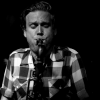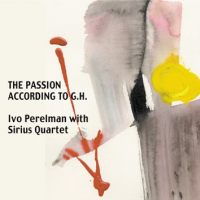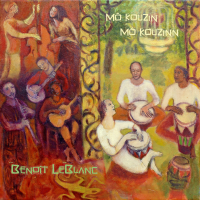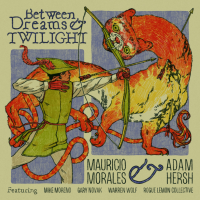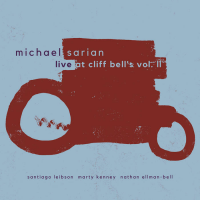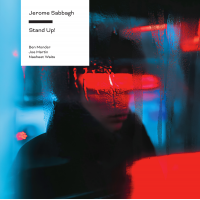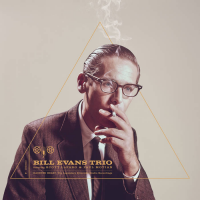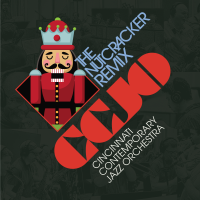Home » Jazz Articles » Album Review » Niels Lyhne Lokkegaard: Vesper
Niels Lyhne Lokkegaard: Vesper
Not unlike the indigo cover that graces Vesper, Løkkegaard's music is dark, introspective and impressionistic, patiently unfolding with a spare lyricism that sometimes only reveals itself as part of a larger arc. The four-part title suite that occupies the first of these two vinyl discs—and slightly more than half of Vesper's entire 59 minute running time—starts with the low drone of a bass clarinet and Marilyn Mazur's careful, low-pitched percussion. Guitarist Jakob Bro—who, along with Mazur (an alum of trumpeter Miles Davis with three recordings on ECM, including 2011's Celestial Circle), is the other name that may be known to international audiences, for his work with Polish trumpeter Tomasz Stańko's Dark Eyes (ECM, 2010) quintet and his own releases, like his recent collaboration with saxophonist Lee Konitz and seminal influence Bill Frisell on Time (Loveland, 2011)—enters, doubling a gently melancholic melody with flugelhornist Jakob Buchanan. As the theme slowly reveals itself, four bass clarinets in close harmony bolster a brooding sense of stasis not unlike pianist Harold Budd, except that whereas the ambient composer's dynamics tend to remain relatively constant, Løkkegaard's music does demonstrate harmonic movement and dynamic ebb-and-flow.
Vesper is also a solidly acoustic outing, barring Bro's warm and subtly- effected electric guitar, though post-production has given the album the kind of broad soundscape and pristine transparency often associated with ECM recordings. If Frisell is an unmistakable touchstone for Bro, he's clearly come a long way in establishing his own voice—one which similarly favors long-held notes and the expansive properties of open-strings. Løkkegaard's playing is largely kept under the covers, with the title suite more a feature for Bro, Mazur and, in particular, Buchanan—whose occasional and unexpected leaps into the stratosphere suggest the influence of expat Canadian Kenny Wheeler. Løkkegaard's direct participation doesn't come, in fact, until the even darker, two-part "Sirius," where his engagement with Bro, supported by Mazur's textural breadth—and, again, the bass clarinet section—hovers, rubato-like, with both players either pushing the melody forward or catching up with the other's.
Improvisation is a fundamental, but the approach has little to do with virtuosic displays; instead, the emphasis is on rapt attention to the music's slow but steady revelations, and the equally careful expansion of Løkkegaard's founding form through its key participants' egoless interaction. Vesper's soft chamber aesthetic makes for an entrancing and enchanting listen, its lyricism and inner beauty becoming all-the- stronger with each and every spin.
Tags
PREVIOUS / NEXT
Support All About Jazz
 All About Jazz has been a pillar of jazz since 1995, championing it as an art form and, more importantly, supporting the musicians who make it. Our enduring commitment has made "AAJ" one of the most culturally important websites of its kind, read by hundreds of thousands of fans, musicians and industry figures every month.
All About Jazz has been a pillar of jazz since 1995, championing it as an art form and, more importantly, supporting the musicians who make it. Our enduring commitment has made "AAJ" one of the most culturally important websites of its kind, read by hundreds of thousands of fans, musicians and industry figures every month.


